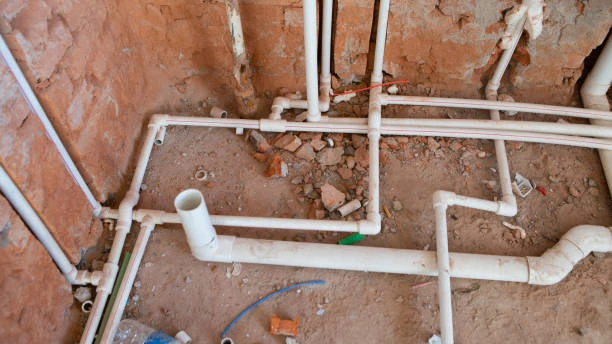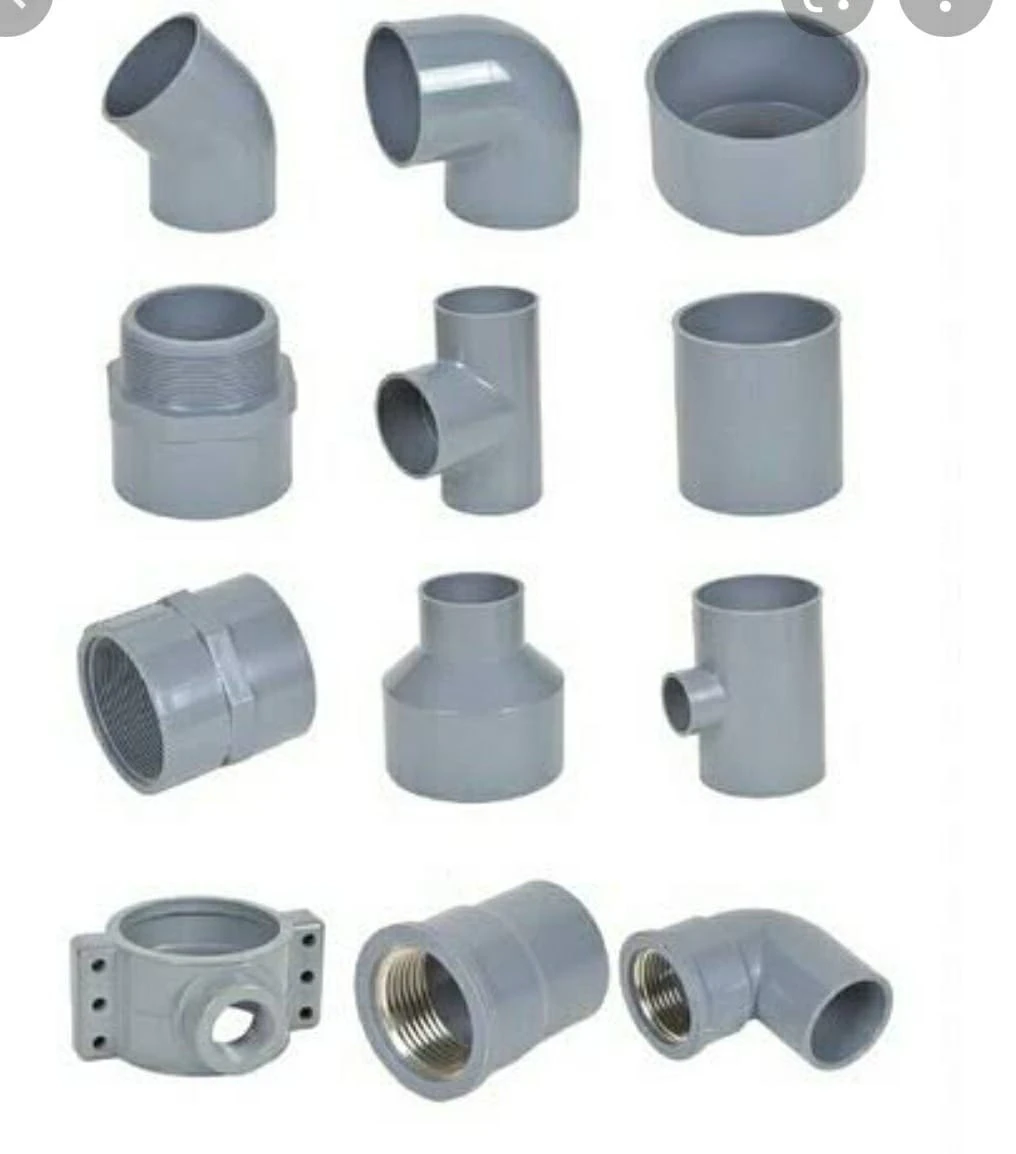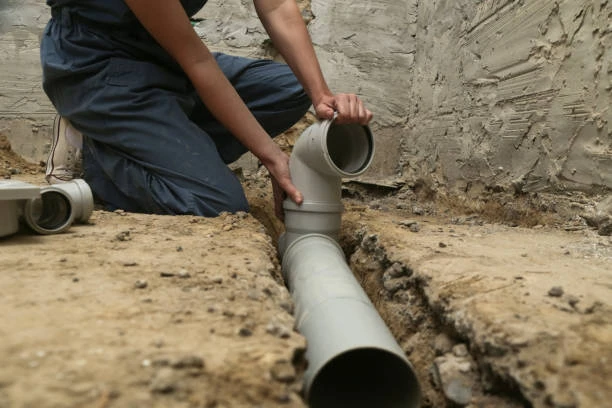In the world of plumbing and construction, PVC (Polyvinyl Chloride) pipes have become indispensable due to their durability, versatility, and economic advantages. Among the various types of PVC products, CPVC (Chlorinated Polyvinyl Chloride) fittings offer enhanced features that cater to a broader range of applications, particularly in hot water systems. This article will delve into the production process of PVC pipes, with an emphasis on CPVC fittings, and explore the technological innovations that are shaping the industry.
Understanding PVC and CPVC
Before diving into the production process, it’s essential to understand the materials. PVC is a widely use plastic known for its strength and resistance to corrosion. It is commonly use for drainage, plumbing, and electrical insulation. On the other hand, CPVC is a modified version of PVC that has undergone chlorination, which improves its temperature resistance and makes it suitable for hot and cold water applications. This modification allows CPVC fittings to withstand temperatures up to 200°F, making them ideal for plumbing systems.
The PVC Pipe Production Process
1. Raw Material Preparation
The production of PVC pipes begins with the preparation of raw materials. The main ingredient for both PVC and CPVC is vinyl chloride, a colorless gas that is polymerize to create a solid resin. For CPVC, the vinyl chloride is subjected to a chlorination process, enhancing its properties. The raw materials are carefully measure and mix to achieve the desired formulation, which is crucial for the final product’s quality.
2. Polymerization
The next step involves polymerization, where the prepared raw materials are subject to heat and pressure in a reactor. This process transforms the vinyl chloride monomers into a polymer chain, forming the base material—PVC resin. For CPVC, this resin undergoes an additional chlorination stage, which alters its chemical structure and enhances its thermal stability.
3. Compounding
Once the polymerization is complete, the PVC resin is compound with various additives. These additives can include stabilizers, lubricants, and colorants, depending on the intended application. For CPVC fittings, specific additives are use to ensure they can withstand higher temperatures and pressures. The compounding process ensures that the materials have uniform properties throughout the batch.
4. Extrusion
After compounding, the mixture is fed into an extruder—a machine that melts the plastic and forms it into continuous shapes. In the case of PVC pipes, the molten material is extrude through a die that shapes it into the desired diameter and wall thickness. For CPVC fittings, the extrusion process is similar but may involve different dies and parameters to accommodate the unique specifications required for hot water applications.
5. Cooling and Cutting
Once the pipes or fittings are extrude, they pass through a cooling system, usually involving water baths or air cooling. This cooling phase is critical as it solidifies the material and maintains the dimensional accuracy of the products. After cooling, the pipes are cut to specified lengths, and CPVC fittings are shape according to their intended design, including elbows, tees, and couplings.
6. Quality Control
Quality control is a vital aspect of the production process. Each batch of PVC or CPVC products undergoes rigorous testing to ensure they meet industry standards. Tests may include pressure tests, dimensional inspections, and thermal performance assessments. Any non-compliant products are identify and discarded, ensuring that only high-quality fittings reach the market.
7. Packaging and Distribution
Once the products pass the quality control checks, they are package for distribution. Packaging is designe to protect the products during transportation and storage. Manufacturers often provide detailed labeling that includes product specifications, usage instructions, and safety information, particularly for CPVC fittings that are use in plumbing systems.
Innovations in PVC and CPVC Manufacturing
The manufacturing process for PVC and CPVC fittings has evolved significantly over the years. Innovations in technology have led to improvements in efficiency, sustainability, and product performance. Here are some notable advancements:

Advanced Extrusion Technology
Modern extrusion machines are equipped with advanced controls that allow for precise temperature and pressure management. This technology ensures consistent product quality and reduces waste during the manufacturing process.
Eco-Friendly Additives
With increasing awareness of environmental issues, manufacturers are now using eco-friendly additives in the production of PVC and CPVC fittings. These additives enhance performance while minimizing the ecological impact.
Recycling Initiatives
Many manufacturers are adopting recycling initiatives, incorporating recycled PVC into their production processes. This approach not only reduces waste but also lowers the demand for virgin materials, contributing to a more sustainable industry.
Automation
Automation in the production line has streamlined operations, reducing labor costs and increasing output. Robotics and automated systems can handle tasks such as packing and quality inspection, leading to greater efficiency.

Conclusion
The production of PVC pipes and CPVC fittings is a complex process that involves careful planning, precision engineering, and adherence to quality standards. As technology advances, the industry continues to innovate, providing safer, more reliable products for various applications. The increasing use of CPVC fittings in plumbing systems signifies a shift towards more resilient solutions, catering to the growing demands of consumers and industries alike.
By understanding the intricacies of the production process and the innovations shaping it, we can appreciate the importance of PVC and CPVC in our everyday lives and infrastructure.
FAQs
1.What is the difference between PVC and CPVC?
- PVC is primarily used for cold water applications, while CPVC can handle hot water due to its higher temperature resistance.
2.Are CPVC fittings safe for drinking water?
- Yes, CPVC fittings are approved for use in potable water systems and do not leach harmful substances.
3.How long do PVC and CPVC pipes last?
- With proper installation and maintenance, PVC pipes can last over 50 years, while CPVC fittings typically have a similar lifespan.
4.Can CPVC fittings be used outdoors?
- While CPVC can be used outdoors, it should be protected from direct sunlight, as UV exposure can degrade the material over time.
5.What are some common applications for CPVC fittings?
- CPVC fittings are commonly used in residential and commercial plumbing, particularly for hot water supply lines, industrial applications, and fire sprinkler systems.


















